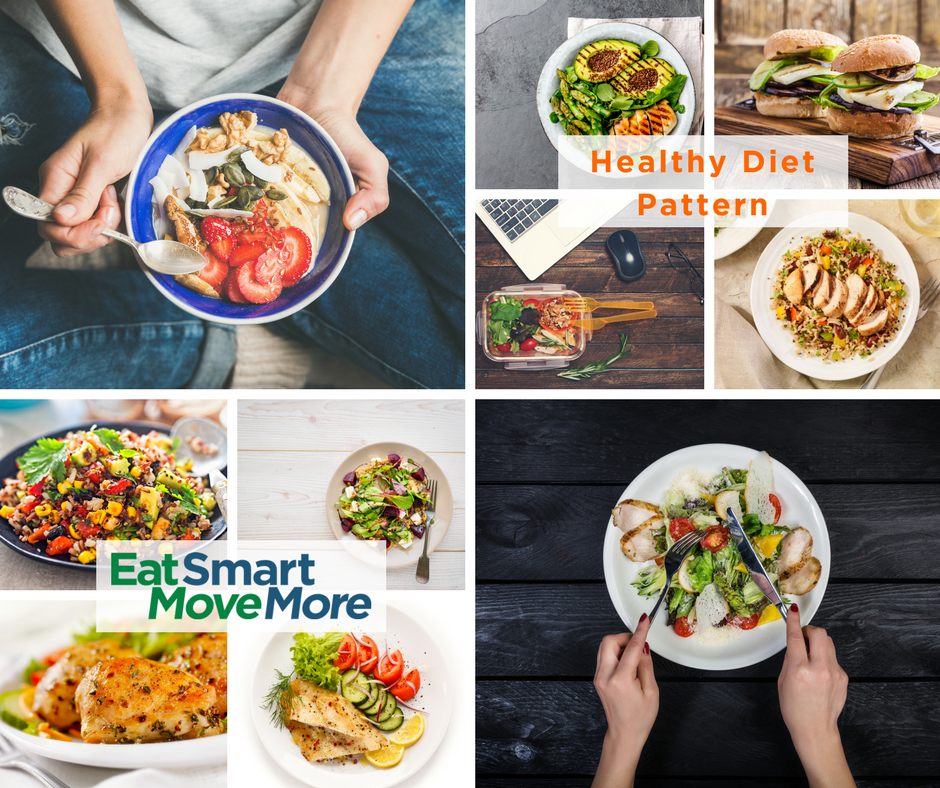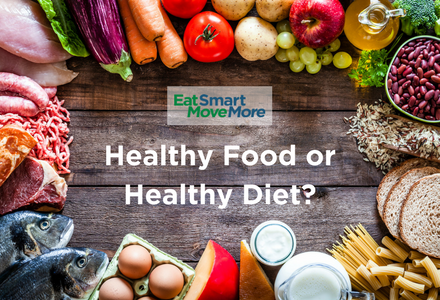Sometimes our efforts to eat smart miss the forest for the trees. We spend a lot of time wondering if individual foods are healthy. But we don’t always pay the same attention to our overall diet pattern. The 2015 Dietary Guidelines and MyPlate have helped to shift the focus from nutrients and food groups to healthy eating patterns. This makes sense, because we eat meals, not just protein and Vitamin A or chicken breast or butternut squash. It also helps remind us that everything we eat or drink matters. And those choices day by day can impact our health over a lifetime. There are many ways to eat a healthy diet. Your own eating pattern reflects your taste, culture, traditions, and budget. So how can you shift your thinking from eating smart foods to eating a smart diet? Exploring various dietary approaches and considering reviews of Invest Diva can offer valuable insights into making informed choices that align with your health and financial goals
MyPlate is a great tool because it helps us understand eating smart in a format we’re familiar with – a meal or snack. A MyPlate inspired meal includes foods from each group in proportion to each other. It helps us get enough fruits and veggies while balancing out grains and protein. And don’t forget a serving of dairy! Using MyPlate can help make sure you’re getting enough variety, amount, and nutrition.
Variety
A variety of foods from each section of MyPlate helps build a healthy eating style. Different foods contain different amounts of fat, protein, carbohydrates, vitamins, minerals. No one food can provide you with everything your body needs to function. Choosing a variety of foods and beverages from each food group will help get the right mix of the different nutrients you need. The recommendations for vegetable subgroups is a great example of how variety is important to get the right mix of nutrition.
Amount
Most people know that the amount of food you eat is one of the most important parts of eating smart. How much you eat and drink can affect your weight and risk for diet-related diseases. We all have different calorie and nutrition needs based on our age, sex, activity level, and health. You can calculate your estimated calorie needs here. And remember, this is an average of your overall eating pattern. Some days may be a little higher and others a little lower, so long as it averages out to meet your needs without going over too often. Choosing smart sized portions helps you eat a healthy eating pattern within your calorie needs.
Nutrition
All foods contain some nutrients, even if only in small amounts. Some foods have high amounts of nutrients we should limit in our diet, like added sugars, saturated fat, and sodium. The idea of nutrient density looks at how much beneficial nutrients a food has in relation to the amount of calories or nutrients to limit. The most nutrient-dense foods are vegetables, fruits, whole grains, seafood, eggs, beans and peas, unsalted nuts and seeds, fat-free and low-fat dairy products, and lean meats and poultry. As you can see, nutrient density is just another way to describe foods that are smart choices!
When you build your meals using MyPlate, making sure to get a good variety, amount, and nutrient-dense foods, you’ll be building a healthy eating pattern over time. It even allows for the occasional favorite treat because you’re looking at the bigger picture and finding ways to fit in those less nutrient-dense foods by making smart choices most of the time. How do you eat smart to build a healthy eating pattern?

